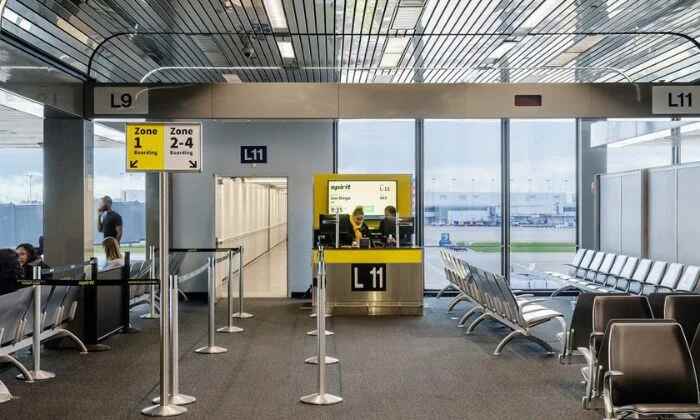When flying with Spirit Airlines, understanding the boarding process is crucial to ensuring a smooth and stress-free journey. Knowing your boarding zone helps you plan accordingly and avoid unnecessary delays or confusion at the airport. In this comprehensive guide, we will break down the Spirit Airlines boarding zones, explain how the process works, and provide tips to ensure you board efficiently.
What Are Spirit Airlines Boarding Zones?
Spirit Airlines uses a zone-based boarding process, a common practice in the airline industry. The boarding zones determine the order in which passengers are allowed to board the aircraft. Typically, the airline assigns zones based on factors such as seating preference, special needs, and loyalty status.
The boarding process generally follows this order:
- Pre-Boarding
- Zone 1
- Zone 2
- Zone 3
- Zone 4
Let’s dive into what each zone entails and who qualifies for each category.
Pre-Boarding: First in Line
Pre-boarding is reserved for passengers who require extra assistance. This includes families traveling with small children, individuals with disabilities, and those needing additional time to settle in before the general boarding begins. Pre-boarding ensures these passengers have ample time to get to their seats without rushing.
If you fall into one of these categories, it’s essential to inform the airline staff at the gate, as they will make the necessary arrangements to facilitate your early boarding.
Zone 1: Elite Status, Shortcut Boarding, and Premium Passengers
Zone 1 is the priority boarding group, including those with elite status in Spirit Airlines’ loyalty program, Free Spirit Gold members, and passengers who have purchased a Shortcut Boarding pass. Additionally, passengers flying in the Big Front Seat, Spirit’s version of a premium seating option, are included in Zone 1.
Shortcut Boarding Spirit Airlines is available for a fee and gives passengers the advantage of boarding earlier, ensuring they have access to overhead bin space and extra time to get comfortable before the flight.
Zone 2: Standard Plus
Zone 2 is where the bulk of passengers with standard tickets begin to board. Passengers in this zone generally have seats towards the front of the aircraft or have paid for specific seating arrangements. Zone 2 is a good middle-ground option for those who prefer to board earlier but do not want to pay for premium services like Shortcut Boarding.
Zone 3: Middle and Rear Cabin Boarding
Zone 3 typically includes passengers seated in the middle and rear sections of the aircraft. If you didn’t purchase a Shortcut Boarding pass or premium seating but want to ensure you board sooner rather than later, Zone 3 is your typical boarding group. While you may not have the first pick of overhead bin space, you can still expect a reasonably smooth boarding process.

Zone 4: Final Boarding Group
Zone 4 is the last boarding group and includes passengers who have not selected specific seats or opted for the lowest fare class. Boarding at this stage often means fewer options for overhead bin space, and you may have to stow your carry-on under the seat in front of you. For passengers who prioritize cost savings over convenience, Zone 4 is a trade-off for a lower ticket price.
How to Know Your Boarding Zone
Your boarding zone is indicated on your boarding pass. Make sure to check your pass before you arrive at the gate so you know when to expect your boarding group to be called. Spirit Airlines’ gate agents typically make announcements by zone, calling each group when it’s time to board. Staying aware of these announcements will help you board without delays.
Tips for a Smooth Boarding Experience
- Arrive Early: To ensure a hassle-free boarding experience, arrive at the gate well in advance of your scheduled boarding time. Spirit Airlines recommends arriving at least two hours before domestic flights and three hours before international flights.
- Check Your Boarding Pass: As mentioned, your boarding zone will be clearly stated on your pass. Pay attention to this information to avoid missing your group’s boarding call.
- Consider Shortcut Boarding: If you’re worried about overhead bin space or prefer to board early, purchasing Shortcut Boarding can be a worthwhile investment.
- Prepare Ahead: Have your boarding pass and ID ready when your zone is called. This helps streamline the boarding process and prevents delays.
Conclusion
Spirit Airlines’ boarding process is designed to help passengers board the aircraft efficiently while accommodating different needs. Understanding your boarding zone and how the process works can help you avoid confusion and ensure a smooth start to your flight. Whether you opt for pre-boarding, premium seating, or standard zones, knowing what to expect will make your next journey with Spirit Airlines stress-free.
